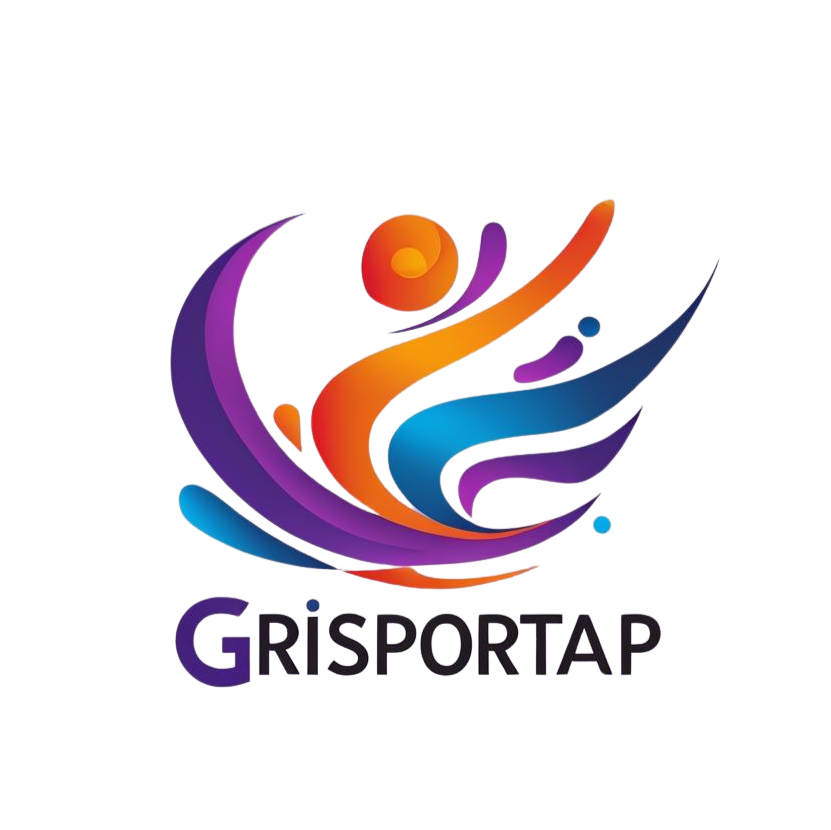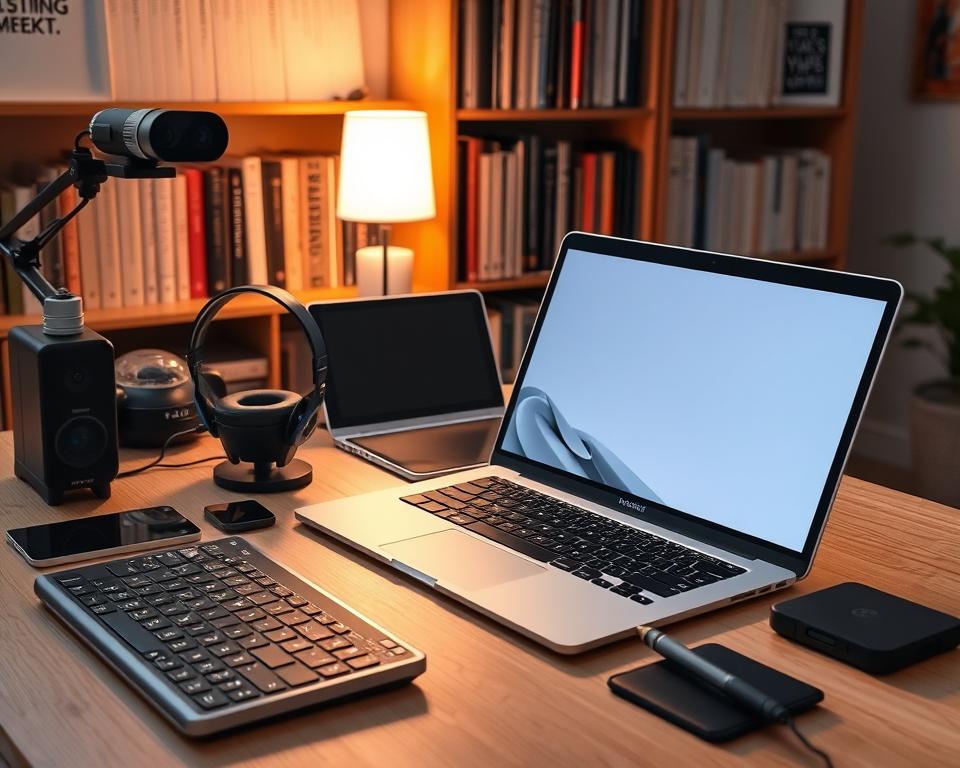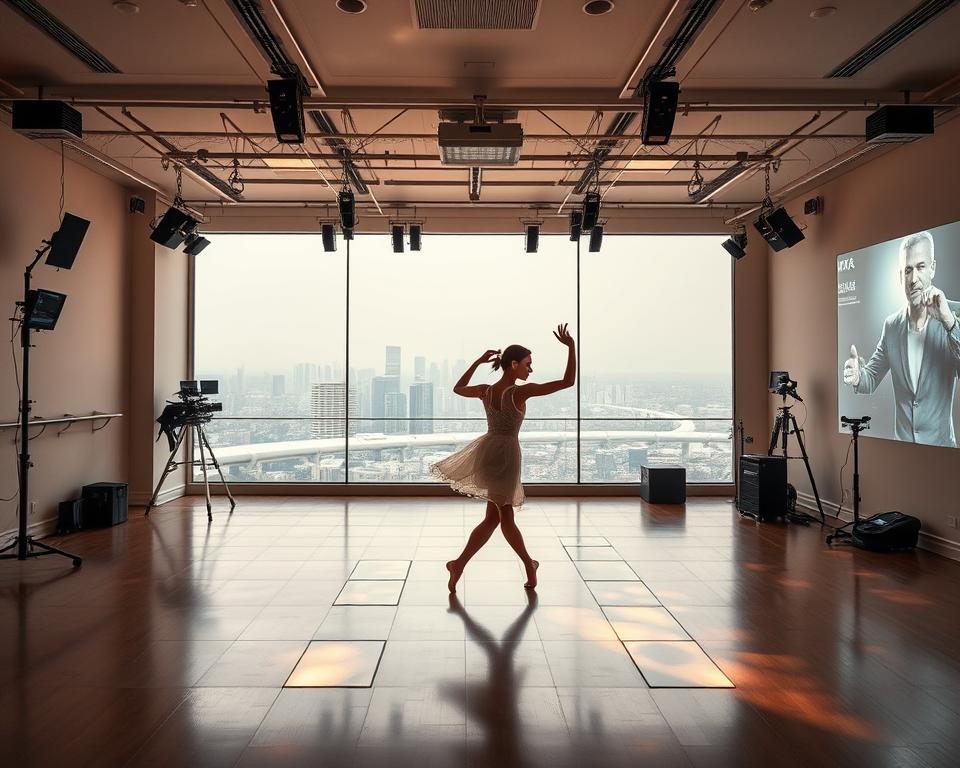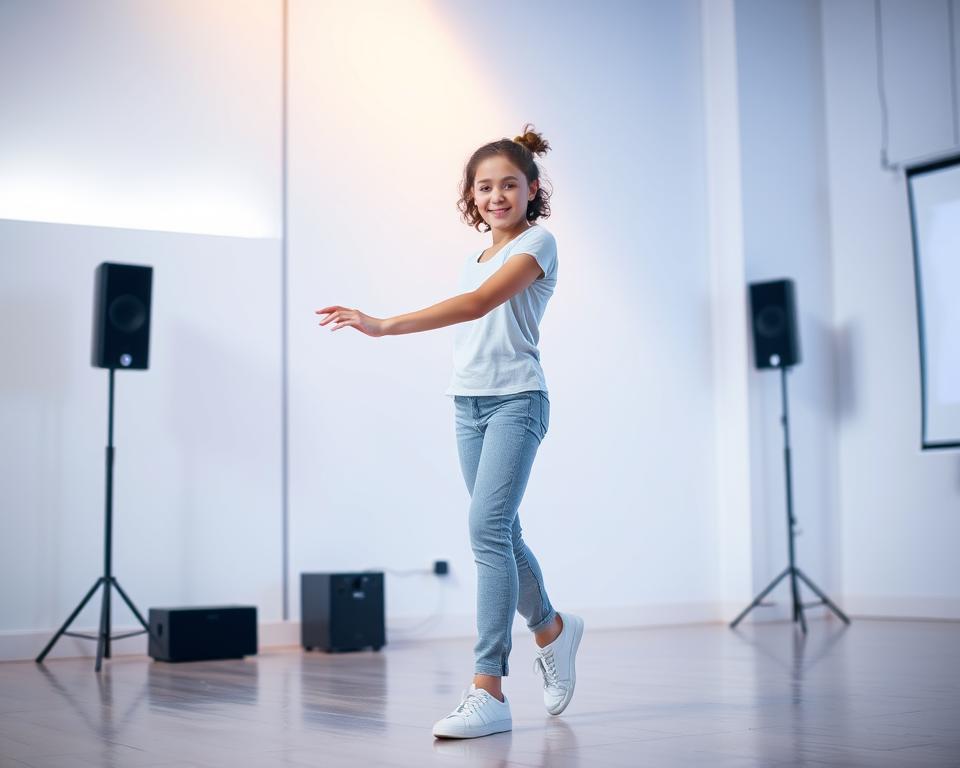dance technology trends 2025 shape how you create, perform, learn, and connect right now.
Have you wondered how headset shows, AR overlays, and motion capture will change your work and the audience experience? You’ll get a clear, practical view of the present scene and what it means for the near future.
This report is educational and inspirational. It highlights real shifts: headset-based 360° performances, holographic overlays that interact with live performers, motion capture feeding avatars and robots, and AI tools that suggest movement without replacing your judgment.
The following sections give examples and hands-on tips—from latency and safety basics to wearable sensors and streaming setups—so you can explore opportunities responsibly. For broader context on how AI and data are reshaping creative fields, see this overview of sector shifts.
The 2025 dance-tech landscape: hybrid stages, connected communities
You work in a hybrid world where live performances, streams, and XR experiences coexist and reinforce each other. This mix lets you present a stage premiere, offer a high-quality livestream, and then create short clips for social media to extend reach.
Independent companies and solo artists use platforms like TikTok, Instagram, YouTube, and niche portals to reach global audiences. Cloud editing and split-screen duets make collaboration across time zones practical and affordable.
Accessibility and inclusivity matter: design ticketing paths that serve on-site and online viewers. Add captions, audio descriptions, and low-bandwidth streams so more people can join.
- Pair in-theater work with a polished stream to remove venue limits.
- Use audience feedback as signals, not scripts, to protect your creative voice.
- Pilot small experiments before scaling to align with industry capacity and sustainable living for your team.
Think of this landscape as a set of real opportunities that let you expand reach while keeping connections human and intentional.
Immersive performance takes flight with VR and AR
Immersive stages are expanding how audiences move through stories and space. You can place viewers inside a 360° world while keeping the craft human. Below are practical steps to help you plan safe, compelling work.
Practical applications: headset shows, AR overlays, and interactive storytelling
Headset-based virtual reality shows let viewers look around a galaxy while avatars or live performers appear to float. AR overlays let live dancers interact with holographic partners or scenery in real time.
Motion capture can feed avatars in the same space, and multi-angle streams blend with headsets for hybrid access. Keep choreography central: effects should support, not replace, the human body and storytelling.
Production essentials: audience flow, safety, latency, and spatial design
- Comfort testing: pilot headset run times and design seated or guided flow to reduce motion sickness.
- Stage mapping: map AR overlays to precise marks so dancers hit cues safely with holographic partners.
- Latency control: optimize local networks and playback systems; small delays break alignment between systems.
- Rehearse full stack: run tracking, projections, and spatial audio together to find calibration drift early.
- Audience care: script optional interactive moments, brief ushers on removal procedures, and keep egress clear.
“Design audio to anchor bodies in space; spatial cues help everyone orient in a 360° setting.”
Bonus: build a post-show loop so viewers can rewatch a flat cut or behind-the-scenes edits to extend the experience. Small, focused systems and clear sightlines make ambitious work feel safe and memorable.
AI, motion capture, and choreography: power, limits, and ethics
When you turn live motion into datasets, new creative and ethical questions appear fast.
From studio to dataset: design capture plans that match your vocabulary — choose markers or markerless systems, frame rate, and calibration that suit the work. Clean and label files so later iterations remain usable across tools and pipelines.
Co-creating with algorithms: treat AI as a proposing partner. Use prompts and constraints — tempo, floor patterns, partnering rules — so algorithmic outputs stay context-aware and preserve your voice.
Credit, consent, and cultural integrity
Credit everyone: dataset dancers, capture crews, and choreographers. Get written consent that specifies training uses, duration, and revocation rights. Involve cultural bearers when working with lineage-based movements.
- Audit systems for bias across bodies and styles.
- Document what is human-authored versus algorithmically suggested.
- Study examples like Valencia James’ AI_am and Pontus Lidberg’s Centaur to learn practical limits and possibilities.
“Companies can extract movement from online footage without consent; protect your work with clear contracts.”
Wearables and smart stages: when costumes and sets become intelligent
Embedding LEDs and IMUs into garments makes the body a live interface for stage systems. Smart costumes can respond to motion, pressure, or touch and sync with lights and sound to extend your creative voice.
Integration tips
Sensor selection, cueing, and reliability
Choose sensors by comfort and purpose. IMUs suit broad motion; pressure pads hit floors and props; capacitive touch works for interactive sleeves. Match the sensor to the intended element so performers stay free to move.
Prototype LED mappings early so light complements phrasing, not distracts. Test battery life in rehearsal and carry hot-swap packs to avoid mid-show failures.
- Build redundant cue paths: automatic triggers plus manual backup.
- Rehearse wireless channel plans in the actual venue to prevent interference.
- Design costumes to protect hardware while preserving range of motion and your style.
- Train crews on charging, handling, and quick fixes so creativity doesn’t outpace maintenance.
Log glitches after each run and keep a non-tech version of key sections so the core of your performances and the art still reads without full systems.
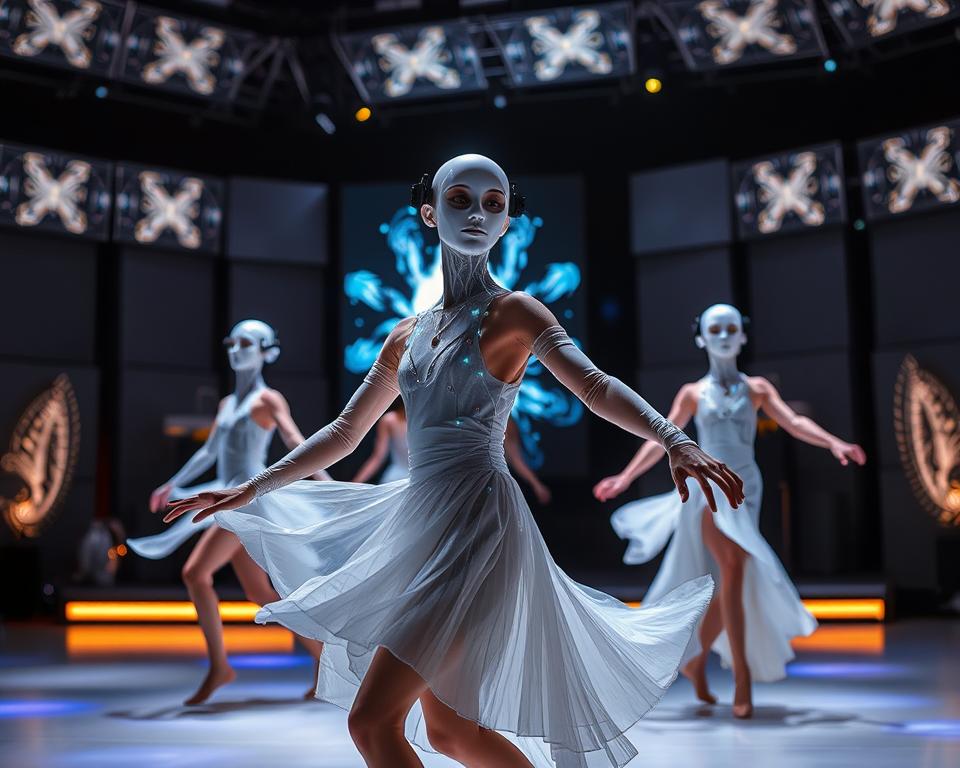
dance technology trends 2025 in social media and streaming
Platforms and apps are no longer just distribution channels — they are rehearsal rooms, stages, and storefronts. You can use short clips to hook new audiences and longer pieces to deepen connection.
Platform focus: TikTok, Instagram, YouTube, and VR-native spaces
TikTok favors tight framing and bold hooks. Instagram Reels and carousels let you tell a short narrative. YouTube works best for tutorials, behind-the-scenes, and full-length performances.
Experiment with VR-native apps to host watch parties or interactive shows that mirror live energy.
Riding micro-trends with integrity
Join a challenge only when it fits your voice. Add a signature move or caption so your work stays recognizable. Protect authorship with on-screen credits and clear descriptions.
Monetization paths
- Virtual classes and subscriptions (YouTube memberships, Patreon).
- Sponsorships, paid livestreams, and merch to diversify income.
- OnlyFans and similar platforms can work for artistic offerings if used responsibly.
Risk management
Batch content, set rest days, and track analytics weekly to avoid burnout. Keep a rights log for music, choreography, and collaborators to reduce takedowns.
“Build owned channels like email lists so your community survives algorithm shifts.”
Training, feedback, and careers: tools that shape how you learn and work
You can combine real-time coaching, recorded classes, and immersive studio access to build stronger technique and resilience.
Technique support now blends motion tracking and AI feedback so you get objective notes on timing and alignment. Use these suggestions to refine phrasing, not to replace a teacher’s eye.
Technique support: motion tracking, AI feedback, and injury-aware practice
Motion apps flag alignment and tempo so you can correct specifics between lessons. Treat AI feedback as prompts and consult a qualified instructor or clinician for pain or injury questions.
Hybrid learning models: live, on-demand, and VR studio access
Mix live classes for coaching with on-demand libraries for repetition and review. Try VR studio access to rehearse spacing and counts with remote partners in shared rooms.
New roles emerging
New career paths include robot choreographers, spatial-audio choreographers, and metaverse designers. Build a portfolio that shows process—tests, cues, and iterations—so engineers and artists trust your choreographic judgment.
- Document progress with periodic videos to compare phrasing and control.
- Network with engineers and artists across the world to co-create useful tools.
- Prioritize sustainable routines: rest days and focused blocks keep your career steady.
“Use AI and tracking as helpers; keep human teachers at the heart of training.”
Conclusion
Keep the body as your guide while you fold new tools into rehearsal and performance. Let movement lead; use systems to support choreography, storytelling, and your creative voice. Practice with care, prioritize consent, and credit contributors so your work travels fairly across media and platforms.
Stay curious and steady: pilot ideas in small runs, document choices, and build relationships with artists, choreographers, and production teams who respect your craft. Treat intelligence systems and apps as options, not replacements, and seek qualified guidance for health or technical risks.
For a concise dance and technology primer, keep learning, protect your rights with clear licenses, and rest so your performances continue to rise with care.
